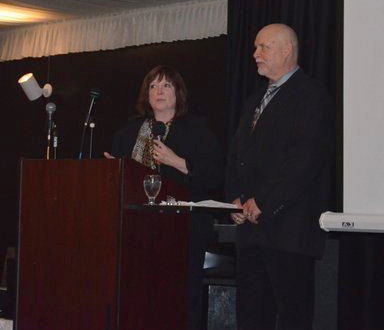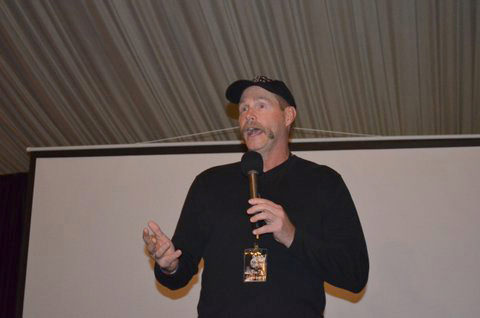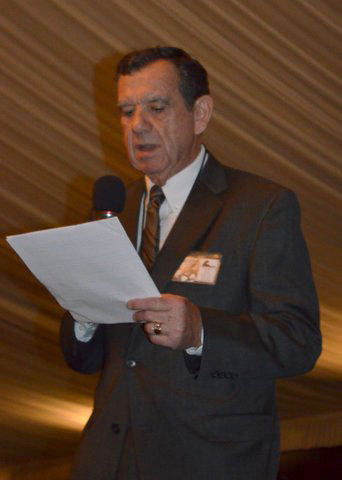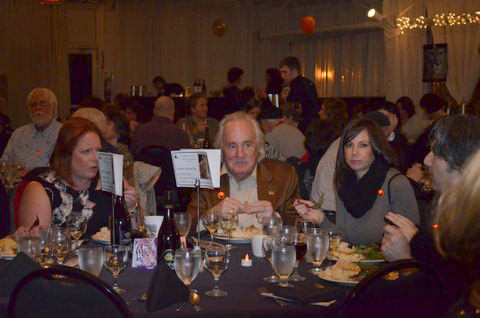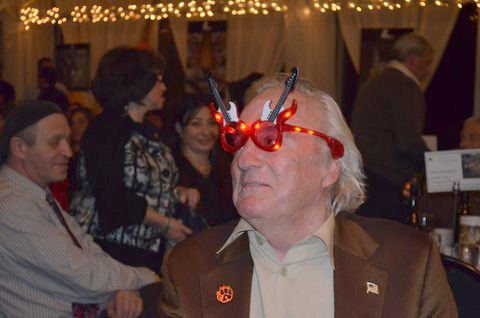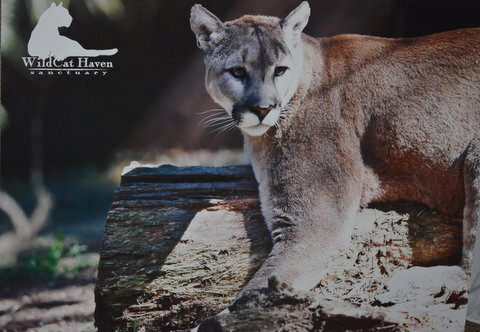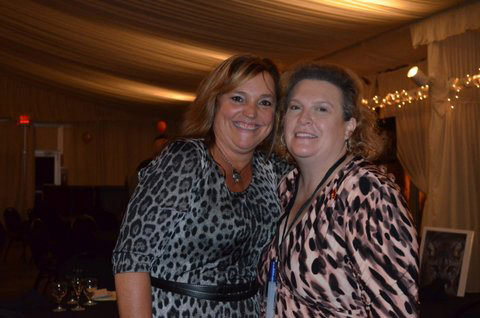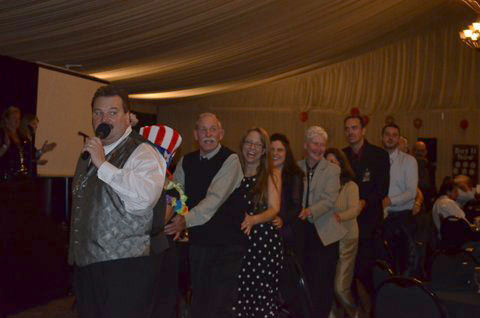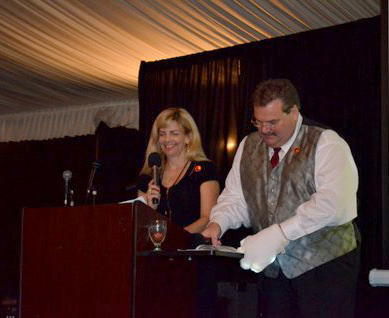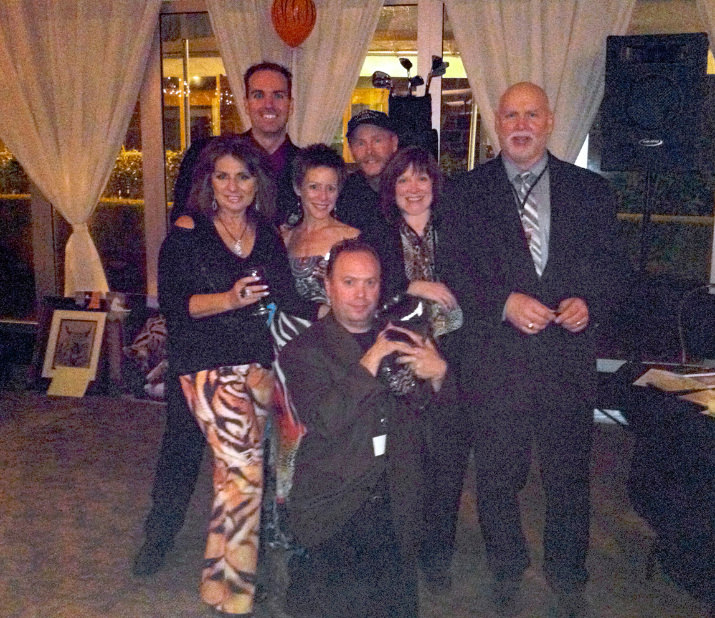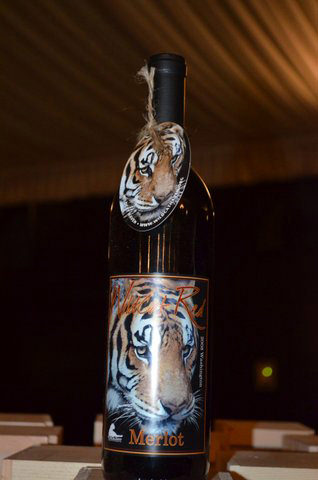A former board member of a Sherwood-area wildcat rescue says she witnessed the head keeper and owners go into animal cages by themselves years before a fatal attack during the weekend.
Morgan Keniston said Tuesday that she visited the WildCat Haven Sanctuary several times between 2008 and 2010 and saw owners Cheryl and Michael Tuller and animal care technician Renee Radziwon-Chapman enter animal cages alone, bringing a rake along to fend off roaming animals that got too close. The organization said its guidebook calls for two employees securing the wild animals before entering cages for cleaning or repairs.
Radziwon-Chapman, head keeper at the sanctuary for eight years, was found dead in an enclosure at the sanctuary Saturday evening with two unsecured cougars, authorities said. Autopsy results show she was bitten several times on her body and heavily wounded on her neck and head.
"I was shocked and taken aback when I read about what happened to her," said Keniston, 42, of Salem. "Renee was very, very good with the animals and I know she felt she had a wonderful kinship with all of them and that they wouldn't hurt her."
Keniston said she and her mother donated about $10,000 a year between 2007 and 2010 to the sanctuary, which rescues cougars, lynx, bobcats and other large cats abused or neglected as domesticated pets. In 2010, Keniston said she was invited to be part of the organization's board of directors after helping finance accommodations for two tigers. Keniston said she was dismissed six months later when Radziwon-Chapman alleged to the owners that Keniston had made inappropriate comments during a social event.
The Oregon Occupational Safety and Health Division and U.S. Department of Agriculture have launched investigations into Radziwon-Chapman's death. The Clackamas County Sheriff's Office said their investigation found no criminal wrongdoing.
In a statement released Sunday, Wildcat Haven Sanctuary said the cougars were kept in enclosures that have 14-foot high walls made of wire with ceilings and double-door entries. There are also smaller cages in the enclosure -- "lockouts" -- where animals are supposed to go while a person is inside.
The organization announced Tuesday that one cougar was secured in the lockout and two others were in the enclosure with Radziwon-Chapman while she was cleaning. Her body was later discovered by Michael Tuller, according to a report released by the sheriff's office.
WildCat Haven said the cougars' lockout gate was working properly and would have adequately held the three cats. It is not known if Radziwon-Chapman was attacked by one or two cougars or if anything will happen to the animals.
Radziwon-Chapman's mother told The Oregonian on Monday that her daughter was careful while interacting with the large cats and that she voiced concerns about her own safety to Cheryl Tuller days before being attacked.
The Tullers started the WildCat Haven Sanctuary on about eight acres of land near Sherwood in 2001 as a way to take in neglected and abused wildcats who've been made pets. The couple took in a bobcat themselves as a pet in 1996 while living in Tigard and moved as they continued to build their menagerie.
The organization's website lists about 60 large cats that call the sanctuary home. Cheryl and Michael Tuller have been raising money to move to an 82-acre rural Marion County facility.
In a 2003 interview with The Oregonian, Cheryl Tuller said she didn't feel like she was in any peril around the animals.
"Danger to the point they could kill me? No. But they are dangerous, absolutely," she said. "We've learned how to read them pretty well. I have the scratches and bites to prove it."
The nonprofit's tax records show they've received $1.4 million as of 2012, including $1.2 million in gifts, grants and contributions. Between 2006 and 2012, yearly contributions have gone from $80,903 to $332,756.
The group lists seven voting members of its governing body and five employees in 2012 up from six voting members and two employees in 2011 and 2010. Agni Ford, the Tullers’ daughter-in-law is listed as the group’s secretary and treasurer. No numbers on volunteers are provided.
Cheryl Tuller is the only officer listed as receiving money from the organization receiving $11,650 in 2012, $11,200 in 2011 and $11,600 in 2010.
Radziwon-Chapman is the only person listed as staff for the nonprofit on its website.
Keniston said she met the Tullers in 2007 while at an event hosted by Salem Friends of Felines, another nonprofit. She said she was impressed with the Tullers’ enthusiasm to help wildcats and wanted to help one of the few wildcat refuges in the area.
Keniston said she and her mother were first invited to the sanctuary for a tour in 2008, where Cheryl Tuller led them into several animals’ cages. She said she went into cages at least on two other occasions, one time with Radziwon-Chapman.
Keniston said the animal keeper sometimes displayed scratches on her arms and explained they were from the wildcats.
"She didn't seem bothered by it," Keniston said. "I wanted to make sure they were doing OK and I was terrified seeing them up close. You could really tell that she and the Tullers loved those animals."
Keniston said she only saw the owners and Radziwon-Chapman enter animal cages alone and that no one else was allowed in without one of the three in there with them. She said when the handlers dealt with cougars, they placed a dead rabbit into the lockout from outside the enclosure to entice the cats and then closed when the animal was inside.
Steven Milner, an Oregon City veterinarian who treats animals from the sanctuary, said he hadn't seen or heard of anyone going into a cage alone with a large cat before Saturday. He said the organization is very careful about who is allowed to approach the animals.
Dane Johnson, an attorney representing WildCat Haven Sanctuary, did not respond Tuesday to requests for comment from The Oregonian.
Keniston said Radziwon-Chapman shouldn’t have been in the enclosure alone especially during the evening.
"A big risk was taken and unfortunately it costed her life," Keniston said. "When you’re in such a small space with large wild animals those risks can’t be taken.”
Oregonian reporter Justin Runquist contributed to this report.
-- Everton Bailey Jr.















